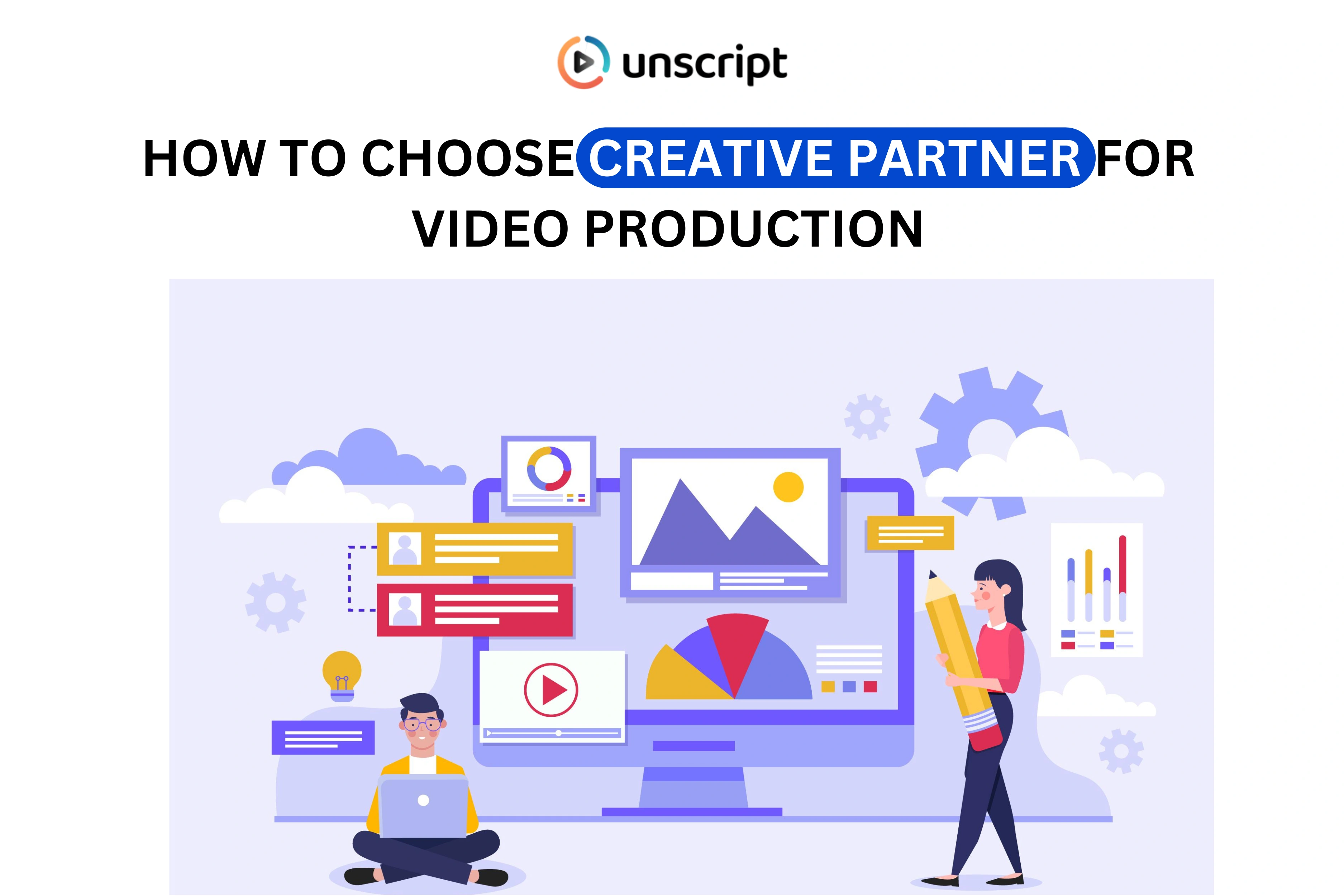February 25, 2025
How the Role of Artificial Intelligence in Education is Shaping the Future
Explore how artificial intelligence is transforming education, enhancing learning experiences, and addressing challenges. Read the article to discover more.
The technology revolution is changing every sector across the world and so does the education sector. With artificial intelligence, you can deliver personalized learning experiences powered by machine learning algorithms based on student’s education requirements. Moreover, you can use AI-powered tools to get assistance in streamlining operations and administrative tasks.
In this blog post, we will cover how the role of AI in education is turning in ways we never have imagined. But before we dive deeper into the topic, let’s understand the basics first.
6 Key Takeaways You Should Know

- AI Revolution in Education: AI is transforming the education sector by personalizing learning and automating tasks.
- Role and Applications of AI in Education: AI supports adaptive learning, intelligent tutoring, administrative efficiency, and skill gap analysis.
- Advantages of AI-Powered Learning: AI enhances engagement, improves accessibility, and saves time for educators and students.
- Addressing Challenges: Privacy, bias, and equity concerns require careful handling for ethical AI implementation.
- Future of AI in Education: AI will continue to innovate learning experiences, ensuring better outcomes and accessibility.
- How Unscript Supports AI in Education: Unscript offers AI-driven tools for personalized learning, content creation, and end-to-end video production.
What is Artificial Intelligence?
Artificial intelligence (AI) started in the 1950s with efforts to create machines that simulate human intelligence. Deep learning has significantly advanced AI capabilities in recent years. Researchers developed early systems for tasks such as problem-solving and decision-making.
AI in education refers to the use of AI-driven tools to enhance learning and teaching processes. AI technologies automate tasks, personalize learning, and improve access to education. The role of AI in education is transforming how students and teachers interact with learning materials.
AI simplifies complex tasks and provides data-driven insights to improve education outcomes. The importance of AI in education lies in its ability to create personalized learning experiences for students and streamline administrative tasks for educators.
Purposes of Artificial Intelligence
Here are some of the intended purposes or uses of artificial intelligence in education:

- Automating High-Volume Tasks: AI can handle repetitive and high-volume tasks without fatigue. Although, there is still a need for humans to inquire and check everything is working fine.
- Enhancing Intelligence in Tools and Systems: With AI support, you can enhance the intelligence of current products - adding a value to existing application. Predictive analytics can forecast student performance and help educators intervene early.
- Natural Language Processing: AI can recognize and produce NLP, a natural human language with the help of deep neural networks. For instance, we talk to Siri, Alexa, or even see Google Photos due to AI.
- Strengthening Security Measures: You can use AI to enhance your security measures and it can analyze network traffic trends and detect odd behavior and possible security breaches.
Role of AI in the Education Sector
AI in education customizes learning experiences using microlearning modules. AI-powered learning management systems facilitate the delivery of microlearning modules. These modules help students learn complex topics in simple, manageable steps. A structured employee onboarding process helps new hires quickly adapt, boosting engagement and productivity.
The role of AI in education addresses diverse learning styles with personalized approaches. AI technologies adapt to individual student needs, enhancing the learning experience.
Artificial intelligence in education provides students with tailored resources and adaptive content. AI-driven systems ensure every student gets support suited to their unique learning style.
The use of AI in education creates inclusive environments, making education accessible to all learners. It bridges gaps in traditional teaching methods and improves outcomes for students.
Applications of Artificial Intelligence in Education
There are several applications of AI in education, here are some of them:

Personalized Learning
AI tailors content to individual student needs, improving the learning experience. Personalized learning ensures students engage with material suited to their unique styles.
AI for Special Needs Education
AI assists students with disabilities by providing accessible tools. AI-powered systems adapt content to meet diverse educational requirements.
Intelligent Tutoring Systems
AI-driven tutoring systems offer real-time assistance and feedback. These systems enhance the learning experience by addressing individual queries instantly.
Automated Grading
AI reduces manual effort in grading by automating assessments. This application of AI in education saves time and ensures consistent feedback.
Language Learning
Artificial intelligence based tools improve multilingual capabilities for students. These tools use AI to simplify language learning through interactive methods.
AR and VR in Learning
AI integrates AR and VR to create immersive educational experiences. These technologies engage students by simulating real-world scenarios. AI-powered virtual classrooms provide interactive and engaging learning environments.
Administrative Applications
AI automates administrative tasks, improving efficiency in the education sector. AI tools streamline processes like scheduling and attendance tracking.
Learning Gap Analysis
AI identifies and addresses skill gaps through data-driven insights. This analysis helps educators focus on areas where students need the most support.
AI in Examinations
AI enables smart proctoring to ensure fair assessments. AI tools in examinations provide secure and accurate evaluation methods.
Smart Content Creation
AI creates interactive and engaging learning materials. Smart content supports students with dynamic and tailored educational resources.
Enhancing the employee experience creates a positive work culture, leading to higher retention and job satisfaction.
How Teachers are Using Generative AI Tools
Vocabulary Instruction Support
AI helps teachers enhance vocabulary instruction with personalized and adaptive tools. AI-powered applications provide students with tailored vocabulary-building exercises.
Lesson Planning in Math and Other Subjects
AI simplifies lesson planning by generating customized resources for math and other subjects. Teachers use AI tools to create structured and efficient lesson plans.
Advantages of AI in Education
There are several benefits of AI in education, some of which are listed below:

- Improving teaching-learning methodologies. Learning analytics provide data-driven insights to improve teaching methods and student outcomes.
- Enhancing teacher-student communication.
- Providing real-time feedback and assistance.
- Creating flexible and inclusive learning environments.
- Offering personalized and adaptive learning materials.
- Saving time with automation and chatbots.
- Addressing skill gaps and facilitating remote learning.
Investing in workforce development ensures employees gain the skills needed to drive business success.
AI in Education: Inclusion and Universal Access
AI in education is a powerful tool for promoting inclusion and universal access to education. By providing personalized learning experiences for students with special needs, AI ensures that every student has the opportunity to succeed. AI-powered tools, such as assistive technologies, are designed to help students with disabilities, including visual or hearing impairments, by facilitating their learning process.
One of the remarkable applications of AI in education is its ability to break language barriers. AI-driven learning platforms can provide real-time translation and interpretation services, making it easier for students from different linguistic backgrounds to access educational content. This promotes inclusivity and ensures that language is no longer a barrier to learning.
AI-powered virtual learning environments offer remote access to educational resources, making education more accessible to students regardless of their geographical location. This is particularly beneficial for students in remote or underserved areas, as it provides them with the same high-quality educational resources available to their peers in more developed regions.
Moreover, AI-driven education can help reduce the achievement gap between students from different socio-economic backgrounds. By providing equal access to high-quality educational resources, AI ensures that all students have the opportunity to excel, regardless of their socio-economic status. The future of AI in education is bright, with the potential to create a more inclusive and universally accessible learning environment for all students.
The Future of AI in Education
Address Privacy, Bias, and Equity Concerns
Privacy concerns arise from AI collecting and processing large amounts of student data. Teachers and administrators should ensure transparency by informing students and parents about data usage and seeking consent.
Bias in AI systems, inherited from training data, can lead to unfair outcomes. Educators should prioritize tools tested for fairness and involve diverse perspectives in AI development. Leveraging training videos can make corporate learning more interactive, engaging, and scalable.
Equity issues stem from unequal access to AI tools, widening the digital divide. Schools should provide equitable access to AI technologies and train students and teachers to use them effectively.
Discuss Responsible Student Use of AI Tools
Students sometimes misuse AI to bypass learning, such as completing assignments without effort. Teachers can design assignments requiring personal engagement and critical thinking to prevent misuse.
AI literacy is essential for students to understand AI’s capabilities and limitations. Educators should teach students to use AI responsibly, leveraging its tools for learning while maintaining academic integrity.
By addressing these challenges, the education sector can maximize AI's potential while mitigating its risks. Prioritizing employee training and development empowers teams to improve performance and advance their careers.
Examples of AI in Education

- Adaptive Learning and Assistive Technology: AI customizes learning experiences through adaptive learning systems. Assistive technology supports students with disabilities by addressing unique needs. AI-powered virtual learning environments offer immersive and interactive educational experiences.
- Learning Analytics for Better Insights: AI-driven learning analytics provide data-driven insights to educators. These insights help improve teaching methods and enhance student outcomes.
- Automated Grading and Curriculum Planning: AI automates grading tasks, saving time and ensuring accuracy. AI tools streamline curriculum planning, aligning content with learning objectives.
- Chatbots and Virtual Assistants for Student Support: I-powered chatbots provide instant support for students. Virtual assistants enhance learning experiences by answering queries and guiding students.
- Interactive Educational Games and Smart Content: AI creates interactive educational games to boost engagement. Smart content enhances learning through tailored and dynamic resources.
- Proctoring Systems and Language Learning Tools: AI-based proctoring systems ensure fairness in examinations. Language learning tools use AI to improve multilingual capabilities and fluency.
- Tools for Skill Gap Analysis and Administrative Efficiency: AI identifies skill gaps with precision through data analysis. Administrative tools powered by AI improve efficiency in managing tasks.
- Detection of Learning Challenges Like Dyslexia: AI detects learning challenges such as dyslexia, enabling early interventions. AI tools provide tailored support for students with specific needs.
- Gamification and Edutainment for Engagement: AI integrates gamification into learning, making education engaging. Edutainment tools combine education and entertainment to enhance student involvement.
How Unscript Helps You Leverage AI in Education

- AI-Powered Educational Tools: Unscript offers advanced solutions to integrate AI in education. Its tools simplify learning processes and improve educational outcomes.
- Personalized Learning: Unscript enables tailored learning experiences with AI-driven personalization. It ensures content aligns with individual student needs and learning styles.
- Content Creation: Unscript streamlines content creation for educators with AI-powered tools. It helps design engaging and interactive learning materials efficiently.
- Administrative Support: Unscript automates administrative tasks, saving time for teachers and administrators. AI tools optimize scheduling, grading, and other management processes.
- End-to-End Personalized Education Video Production: Unscript creates personalized education videos for diverse learning requirements. From storyboarding to creating a full-fledged learning video, we do it all.
Implementing effective corporate training programs helps businesses maintain a skilled, knowledgeable, and future-ready workforce.
Frequently Asked Questions
What is the Importance of AI in Education?
AI enhances education by personalizing learning, automating tasks, and bridging skill gaps. The importance of AI in education lies in improving efficiency and accessibility for both students and teachers.
How is Artificial Intelligence Used in Education?
AI is used in education for personalized learning, automated grading, intelligent tutoring systems, and learning analytics. It also supports administrative efficiency and enhances student engagement.
Is AI Good or Bad for Education?
AI in education has both benefits and challenges. While it improves learning experiences and efficiency, concerns about privacy, bias, and equity need careful consideration.
Is AI Shaping the Future of Education Positively?
AI is shaping education positively by making learning more adaptive, inclusive, and data-driven. However, its ethical use and equitable access are essential for long-term benefits.
How is AI Transforming Education?
AI is transforming education by introducing smart content, personalized learning, and innovative tools like chatbots and virtual assistants. It enables teachers and students to achieve better outcomes with less effort.














.png)





















.svg)
.svg)
%201.svg)







.svg)
